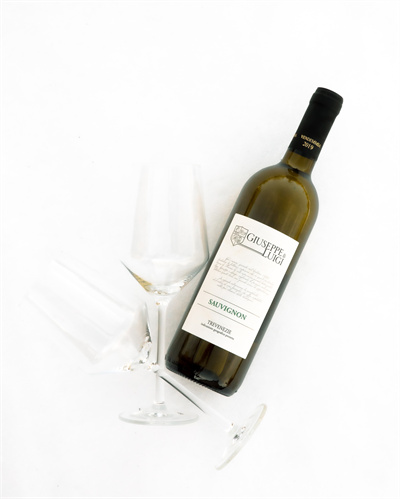Contact Us

Contact Us


Guangzhou Huaisheng Packaging Co.,Ltd.
We provide customers with quality products and provide high-quality services.
If you would like to leave us a comment please go to contact us
+86-18122240089

Wine label printing is more than just a packaging step—it is a vital element that communicates your brand story, attracts buyers, and complies with regulatory requirements. Crafting an exceptional wine label requires a blend of artistic creativity and technical precision. This comprehensive guide will delve deeper than ever before into the art and science of wine label printing, addressing critical considerations that winemakers, designers, and marketers need to know to create labels that stand out on crowded shelves.
Understanding the Role of Wine Labels
Types of Wine Labels: Front, Back, and Neck Labels
Material Selection: Choosing the Right Label Substrate
Printing Techniques: Pros, Cons, and Best Uses
Design Elements That Enhance Wine Labels
Regulatory Requirements and Compliance
Sustainable and Innovative Labeling Solutions
Quality Control and Finishing Touches
Common Challenges and How to Overcome Them
Future Trends in Wine Label Printing
Wine labels serve multiple purposes: they convey the wine’s identity, heritage, grape variety, vintage, and quality, while also enticing consumers through design aesthetics. An effective wine label blends marketing, information delivery, and legal compliance into a cohesive visual experience.
Front Labels: The primary face of the bottle that features the brand name, logo, and key wine information. This label is the most decorative and influential in purchase decisions.
Back Labels: Provide detailed product descriptions, tasting notes, food pairing suggestions, and regulatory information.
Neck or Capsule Labels: Smaller labels wrapped around the bottle neck for additional branding or to show awards and certifications.
Label materials must withstand moisture, cold storage, and handling. Popular materials include:
Paper Labels: Economical and versatile, but can be less durable unless coated.
Synthetic Materials (Polypropylene, PET): Waterproof and resistant to tearing, ideal for wines stored in refrigerators or shipped internationally.
Textured and Specialty Papers: Linen, metallic, or handmade papers add luxury and tactile appeal but require careful printing methods.

Offset Printing: High quality, cost-effective for large runs, excellent color fidelity.
Digital Printing: Flexible for small batches or variable data, faster turnaround, but sometimes less vibrant.
Flexographic Printing: Used mainly for label rolls, cost-effective for simple designs.
Screen Printing: Provides texture and specialty inks, but is labor-intensive and costly.
Foil Stamping and Embossing: Add luxury finishes, but require precision and increase cost.
Choosing the right printing method balances quality, cost, and production volume.
Key design aspects include:
Typography: Clear, legible fonts that reflect the brand personality.
Color Palette: Colors that resonate with the wine type and market segment.
Imagery and Graphics: From minimalist logos to elaborate illustrations.
Special Finishes: Matte, gloss, spot UV, embossing, and metallic foils for visual and tactile appeal.
A professional designer understands how these elements influence consumer perception.
Wine labels must comply with regulations that vary by country. Common requirements include:
Alcohol content
Volume
Government warnings (e.g., pregnancy risks)
Health and origin declarations
Barcode and traceability information
Sustainability is a growing priority:
Recycled and FSC-certified papers help reduce environmental impact.
Water-based and soy-based inks offer eco-friendly alternatives to traditional inks.
Peel-off labels and QR codes enhance consumer engagement and provide digital storytelling opportunities.
Innovations like smart labels with NFC chips are also emerging for enhanced user interaction.
Rigorous quality checks ensure color consistency, adhesion, and durability. Finishing processes such as lamination, varnishing, and die-cutting add protection and style. These steps can prevent common issues like peeling, fading, or smudging.
Color Variability: Calibrate printers and proof colors carefully.
Adhesion Failures: Test adhesives under expected storage and shipping conditions.
Design Complexity vs. Cost: Balance intricate designs with budget constraints.
Environmental Exposure: Use waterproof materials for chilled or outdoor storage.
Augmented Reality (AR) Labels: Engaging consumers with interactive experiences.
Personalization and Short Runs: Digital printing enables customized, limited editions.
Smart Packaging: Integrating QR codes and NFC for authenticity and traceability.
Keeping abreast of these trends ensures your wine labels remain competitive.
Mastering wine label printing requires a careful blend of artistic vision, technical knowledge, and adherence to regulations. By selecting the right materials, printing techniques, and design elements, winemakers can create labels that not only comply with legal standards but also captivate consumers and elevate brand value.
